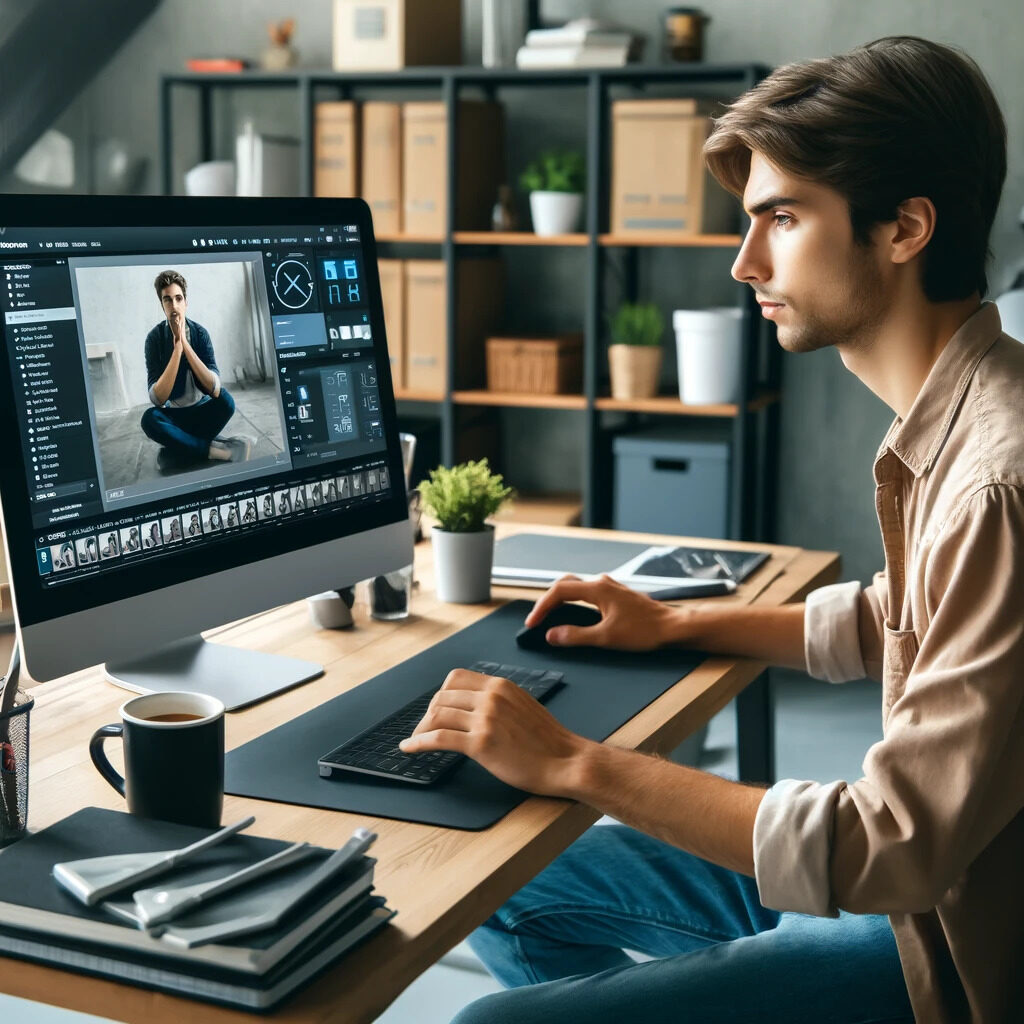Artificial intelligence (AI) has significantly impacted various industries in recent years, with photography being no exception. The use of AI in photo editing has a rich history and offers once unimaginable capabilities. From automating mundane tasks to creating stunning visual effects, AI is transforming how photographers and enthusiasts approach image editing.
What AI Photo Editing Can Do
AI photo editing leverages machine learning algorithms to enhance, manipulate, and perfect images in a fraction of the time it would take a human. Here are some key capabilities of AI photo editing:
1. Automated Enhancements
AI can automatically adjust brightness, contrast, saturation, and sharpness to improve the overall quality of an image. These enhancements are often based on learned patterns from analysing thousands of professionally edited photos.
2. Object Recognition and Removal
AI can seamlessly identify and remove unwanted objects from photos. Whether it’s a stray person in the background or an unsightly power line, AI tools can make these distractions disappear without leaving traces. In addition, it can also remove other items, like clothing, jewellery, and more. Indeed, AI clothes remover software can make people appear naked in photographs.
3. Background Replacement
AI makes it easy to replace or blur backgrounds, making the subject stand out more prominently. This feature is handy for portraits and product photography, where a clean background is often desirable.
4. Facial Recognition and Retouching
AI can detect faces and apply retouching techniques to enhance features. This includes smoothing skin, whitening teeth, and even applying makeup. The technology ensures that the edits look natural and consistent.
5. Colour Correction and Grading
AI tools can perform advanced colour corrections, matching the tones to specific styles or moods. This capability is crucial for creating a cohesive look across a series of photos, such as in wedding photography or branding materials.
6. Restoration of Old Photos
AI can restore old, damaged photos by filling in missing parts, reducing noise, and correcting faded colours. This application is invaluable for preserving historical images and family memories.
How AI Editing Differs from Man-Made Photo Editing
While traditional photo editing relies on human skill and artistic judgement, AI editing introduces a new level of efficiency and precision. Here are some key differences between AI-powered and human-made photo editing:
1. Speed and Efficiency
AI can process and edit images much faster than humans. AI can complete tasks that might take hours for a skilled editor in minutes or seconds. This speed is particularly beneficial for photographers who need to quickly process large batches of photos.
2. Consistency
AI ensures consistent quality across all edited photos. Human editors might produce varying results due to fatigue, time constraints, or subjective judgement. Conversely, AI applies the same algorithms uniformly, resulting in a consistent look and feel.
3. Accessibility and Cost
AI photo editing tools make high-quality editing accessible to non-professionals. With user-friendly interfaces and automated features, anyone can achieve professional-level edits without extensive training or experience. Moreover, the cost of using AI photo editing tools is often significantly lower than hiring a professional human editor, making it a cost-effective solution for many photographers.
4. Learning and Adaptation
AI algorithms can learn and adapt over time. By analysing vast amounts of data, AI can improve its techniques and deliver better results with each update. This continuous improvement is something that manual editing cannot match.
5. Creativity and Personal Touch
Despite its many advantages, AI editing cannot replicate the unique value of human creativity. Human editors bring their artistic vision and style to their work, creating unique and personalised edits that AI, while efficient, often cannot match. This recognition of human creativity is crucial in understanding the true potential of AI in photo editing.
6. Complex Decision-Making
Human editors excel at making complex decisions based on context and artistic intent. While AI can handle many technical aspects of photo editing, it might struggle with decisions that require deep understanding and creativity. For instance, deciding the best way to convey a particular emotion or story through an image is still best left to human judgement.
The rise of AI, as well as the increase in virtual reality, in photo editing marks a significant shift in the world of photography. By automating routine tasks and offering advanced capabilities, AI empowers photographers and enthusiasts to achieve remarkable results quickly. However, it’s important to recognise that AI is a tool that complements, rather than replaces, human creativity. The fusion of AI efficiency and human artistry holds the potential to push the boundaries of what’s possible in photo editing, ushering in a new era of innovation and creativity in photography.

